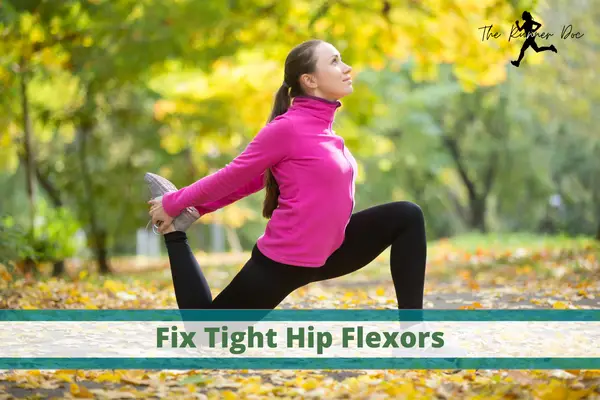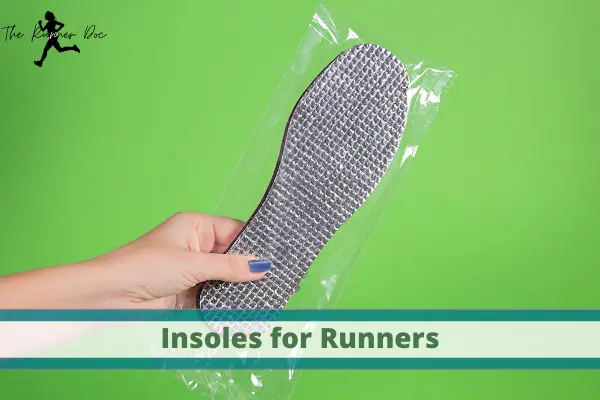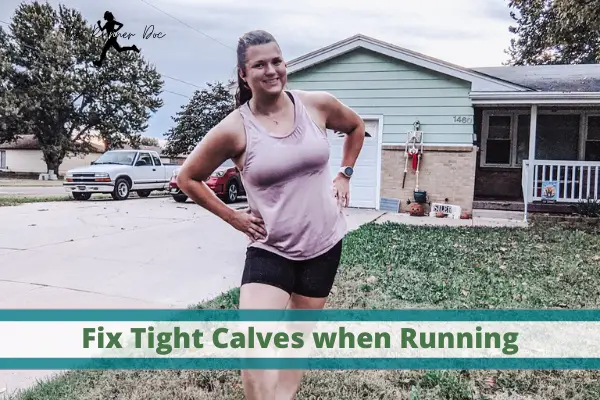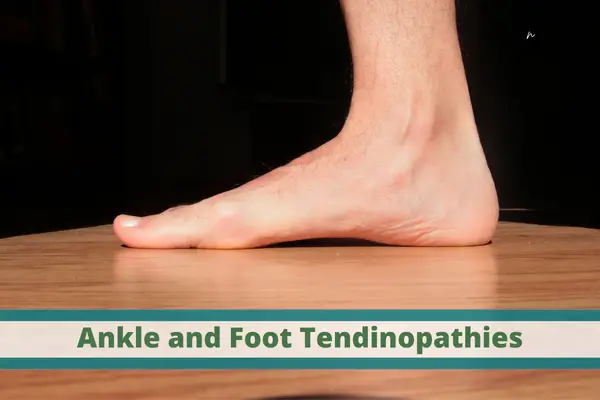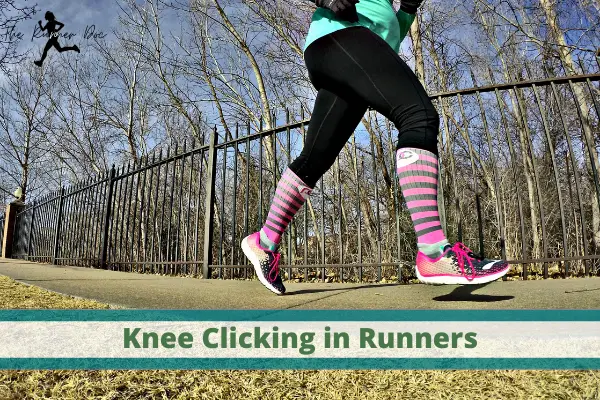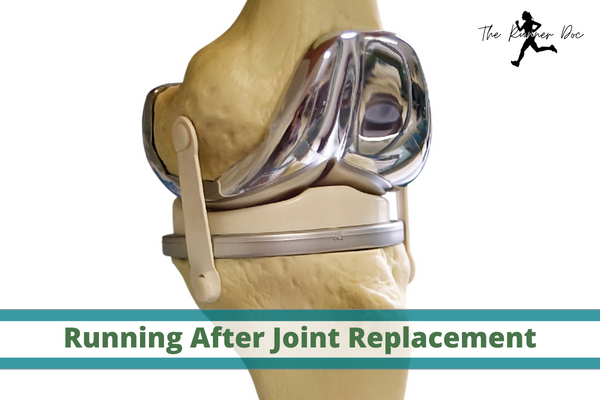Pain in the Hip? How to Finally Fix Tight Hip Flexors in Runners
How to fix Tight Hip Flexors in Runners
I hear it all the time. I stretch and stretch my hip flexors but they always feel so TIGHT!
The truth is, tight hip flexors are not uncommon in runners, and the reasons vary from person to person. Some runners have naturally tight hips due to their anatomy or lifestyle, while others may experience tightness as a result of overtraining or improper form. Regardless of the cause, there are simple ways to improve flexibility in your hips and stop feeling so tight all the time!
You might be surprised what exercises are and are NOT recommended when you feel tight in your hip flexors!
Related: Schedule an Appointment with Dr. Abby Today!
What are the Hip Flexors?
The hip flexors are a group of muscles located on the front of your hips that help you bring your knees up toward your chest. These muscles get worked out in almost every type of run, from short sprints to long-distance runs, and they can become overworked and tight if not properly cared for.
The hip flexors are made up of 5 muscles.
- Iliacus
- Psoas
- Pectineus
- Rectus Femoris
- Sartorius

Usually, the top two muscles are combined into one word that is commonly blamed for hip flexor tightness, the iliopsoas.
This muscle combo is the biggest muscle in the hip structure and knowing what these muscles are and what they do is important.
The iliacus connects from the upper leg to your pelvis. The psoas connects from the top of your thigh bone up into the low back.
Remember too, the hip flexors don’t do hip flexion only, they also help externally rotate the hip. Think butterfly sitting position when you think of hip external rotation.
Causes of Tight Hip Flexors in Runners
Tightness is often thought of as a shortened or contracted muscle. But maybe we need to think of this in a different way. Are these muscles really in a shortened position or is it a neurological issue? Maybe this tightness is because of a weakness.
If this is more neurological, meaning it is the position that the body feels comfortable in, then stretching will do absolutely nothing for you. If you don’t let your body know that it is SAFE to be in a different position then you are going to go right back into that same position of the muscle that feels tight.
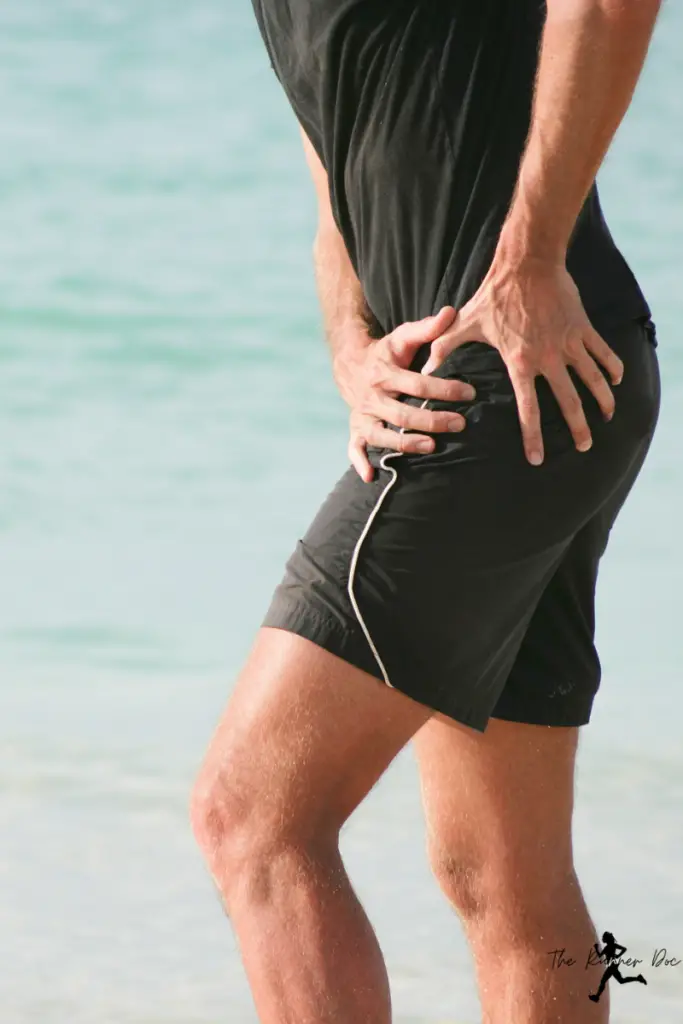
The same is true if you are weak in these areas. If you have weakness in the area then the tightness is often caused by your muscles protecting themselves from injury because your body can’t support the hip flexors.
Another cause of tight hip flexors could be a lack of mobility in the rotators, specifically the INTERNAL rotators of the hips.
Related Article: Diaphragmatic Breathing
Fixing Tight Hip Flexors
How do you make it safe to stretch? A lot of coordination of movement patterns such as strengthening, breathing, and controlling your body movements with your core.
We want to focus on strengthening and mobilizing the hip flexors all the way through the range of motion. When the hip flexors are fully flexed and extended.
By doing it this way, your brain will recognize the hip flexors as muscles that are regularly used throughout their full range of motion and thus be less likely to cause them to become tense.
So how do we do that?
By following specific exercises that contribute to all of these things. We want to focus on core and hip stability AND mobility, again, through the full range of motion of hip flexion/extension.
Exercises for Tight Hip Flexors
Low abdominal core exercises such as bent knee leg lifts. Making sure to engage your abdominals while moving through the range of motion to help support the hip flexors in a coordinated movement.
90/90 stretch
Psoas march
dead-bugs
Tools for Hip Flexor Tightness Relief
These muscles are extremely deep. Using tools to “release” these muscles isn’t really a feasible idea. There are so many structures superficially to the hip flexor muscles that prevent these tools from being effective.
If these tools make things feel better then feel free to use them. Just know that they are a temporary relief and not making any true change to your tissues or the cause of your tightness.
Why Tight Hip Flexors are Bad for Runners
Other than being uncomfortable they might not be that bad. The only time they really become a problem, other than discomfort, is if you aren’t able to fully extend your hip because of them.
When you run full hip extension is important to help with push-off and really gives you the power you need to move forward using the glutes.
If your hip flexors are too tight and you can’t get into full extension then you aren’t able to use your glutes as well.
Related article: Why Runners Need Hip Extension
Also, if there is tightness in the hip flexors it can cause you to use other muscles for hip flexion, like your low back muscles or your hamstrings. This is going to take away from how efficiently those other muscle groups work when running. Compensation strategies also tend to lead to more serious injuries due to overworked structures that are compensating for the ones, the hip flexors, that aren’t working as well.
Finally, having tightness in the hip flexors can also lead to low back pain from the excess pull they are putting on your back. Especially the psoas since it connects to your back on one end.
Related Article: Low back Pain and Running
Final Thoughts on Fixing Tight Hip Flexors in Runners
Tight hip flexors can be an issue for runners, causing pain and reducing efficiency during a run. By strengthening the core muscles and mobilizing through the full range of motion exercises such as bent knee leg lifts, 90/90 stretch, psoas march, or dead-bugs you can help to alleviate tightness in your hip flexor muscles.
Additionally, tools like foam rollers may provide temporary relief but should not be seen as a long-term fix since they are unable to effectively target deep structures within the body. Finally, it is important that runners understand why having tight hip flexors is detrimental so that they have the motivation to take actionable steps toward fixing them!
AFFILIATE DISCLOSURE
As an Amazon Associate, I earn from qualifying purchases. This post may contain affiliate links. If you use these links to buy something we may earn a commission. The Site may contain links to affiliate websites, and we receive an affiliate commission for any purchases made by you on the affiliate website using such links.
All information should be used as a tool for more knowledge on the subject topic, to use as references for later articles where applicable, or just to keep it in mind during future exercise routines or activities.
This article is not meant to give medical advice or to replace professional health care. Should any ailment occur please contact your doctor or physical therapist immediately to keep yourself safe and prevent further damage.
The author is not liable for any personal or commercial damage directly or indirectly related to the content hereof. You are responsible for adhering to local laws and regulations regarding health & safety, including proper use of equipment or safety gear, and compliance with governing healthcare associations, and state, and federal regulations.
How to Prevent and Fix Tight Hip Flexors in Runners
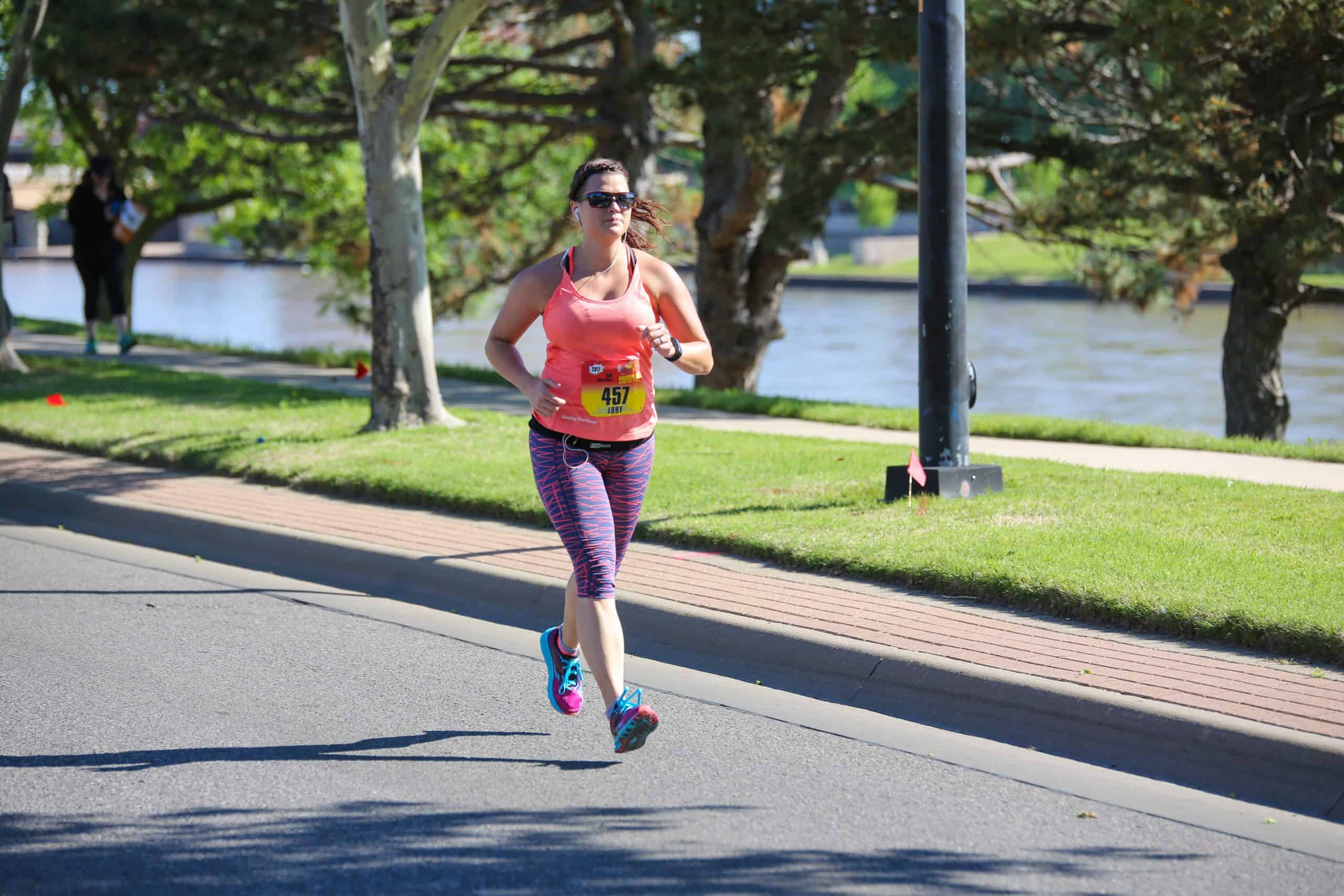
Dr. Abby Siler, PT, DPT is a Physical Therapist with 10 years of experience in a variety of settings. She has spent the majority of her time treating athletes in orthopedic clinics and worker’s compensation cases. She is a runner herself for the past 15 years and a lifelong athlete. Dr. Abby loves to teach runners how to stay injury free and out of her clinic.

